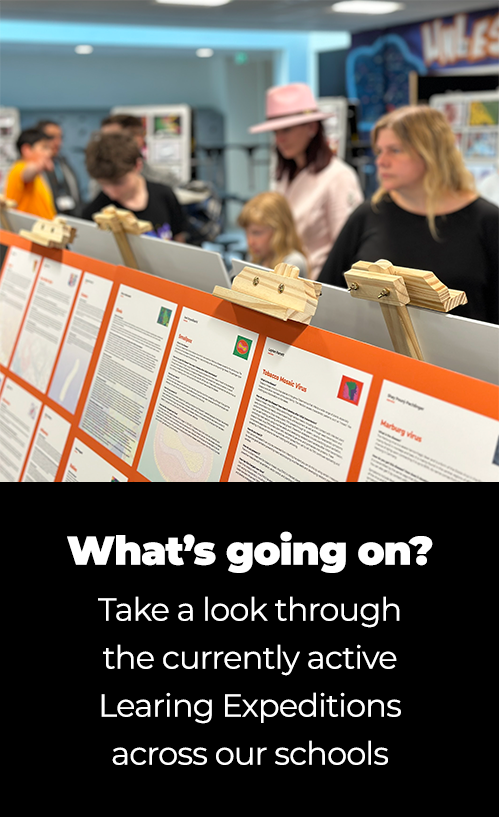GQ: What does the community of Doncaster owe to the Miners?
Expedition lead: M Said
Curriculum: STEAM, HUMS and Arts
Phase/Year group: Secondary, Year 7
Delivery date: January 2017
In Autumn 2016, students in Year 7 studied a combined STEM, Humanities and Arts learning expedition called “From the ground up”.
The learning targets were :
- I can explain how the rock cycle relates to the strata of Doncaster
- I can give a value for the perimeter/area of my site to a reasonable degree of accuracy
- I can analyse and make connections between characters, ideas and plot in a challenging text
- I can carry out a historical enquiry into a specific site
- I can write an account of my site for a specific purpose and audience
- I can explain the impact that mining had on a community within Doncaster
The expedition kicked off with a visit to the National Coal Museum where students went down a mineshaft into a former pit, and were guided by a former miner. They also looked at the galleries and exhibits at the museum to get an insight into what life was like for miners throughout the history of mining. During the immersion students also looked at historic maps of Doncaster to learn about the changes over time, developed ideas about what a community is and also studied a text about a geologist called William Smith to help them to learn more about the ground beneath our feet.
During the first case study students learned how to carry out a historical enquiry by studying the recently closed mine at Harworth, just over the Nottinghamshire border. This involved interrogating texts as well as interviewing members of the community. To do this, students worked with an expert who helped them to develop their interview technique, and then produced multiple drafts of biographical and historical accounts about the mine at Harworth.
Students also read David Almond’s novel Kit’s Wilderness, a story about a boy returning to his family roots in a mining community in Northumberland. This story, about a boy and his grandfather’s memories of the mines served as a metaphor for the importance of recording and honouring miners’ stories, before they disappear.
They also studied the rock cycle and how specific rocks and minerals came to be where they are in Doncaster. This included fieldwork to sites at different rock strata in Doncaster dating from the Carboniferous, through to the Triassic period.
This first case study gave students the skills they needed to be able to carry out the second case study more independently. In the second case study, students worked in smaller groups to carry out a historical enquiry into a specific mine in Doncaster, again interviewing members of the mining community and carrying out research to help them write biographical, geological, geographical and historical accounts of their respective mines.
Whilst studying each site students worked hard on developing their fluency in the four operations, using perimeter and area to help them to develop mastery of addition and multiplication using both mental and written methods.
The writings of all of Year 7 was then gathered together to make a book called “From the ground up: how those who mined Doncaster, made Doncaster.” This book has the students’ biographies and factual writing interspersed with their charcoal sketches and reproductions of the mixed media banners they made to honour the mines and miners of Doncaster.
The expedition culminated when students carried out a presentation of learning to an audience of their parents and members of the mining community. During this presentation of learning students read extracts from the book, performed music which they had written and had been inspired by Gresford: The miners’ hymn. This music was performed against a backdrop of archive footage from the mines, inspired by the film The Miners’ Hymns, underscored by Johann Johannsson. This gave students an opportunity to not only promote the book in advance of it going to print, but also to show their respect and appreciation for the contribution that miners made to their community. The book will be available to buy from the school online shop and has also been distributed in the community through working men’s clubs and libraries.








